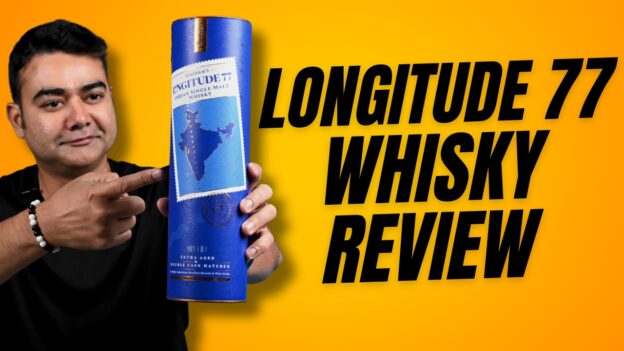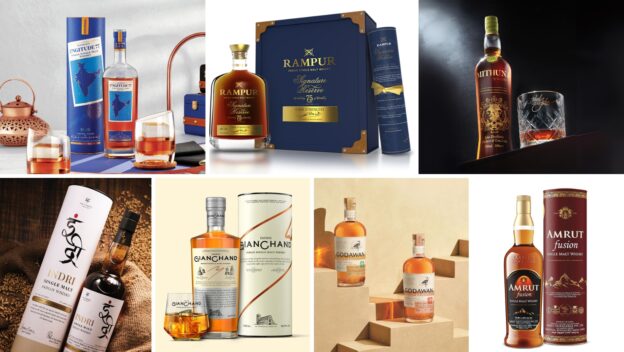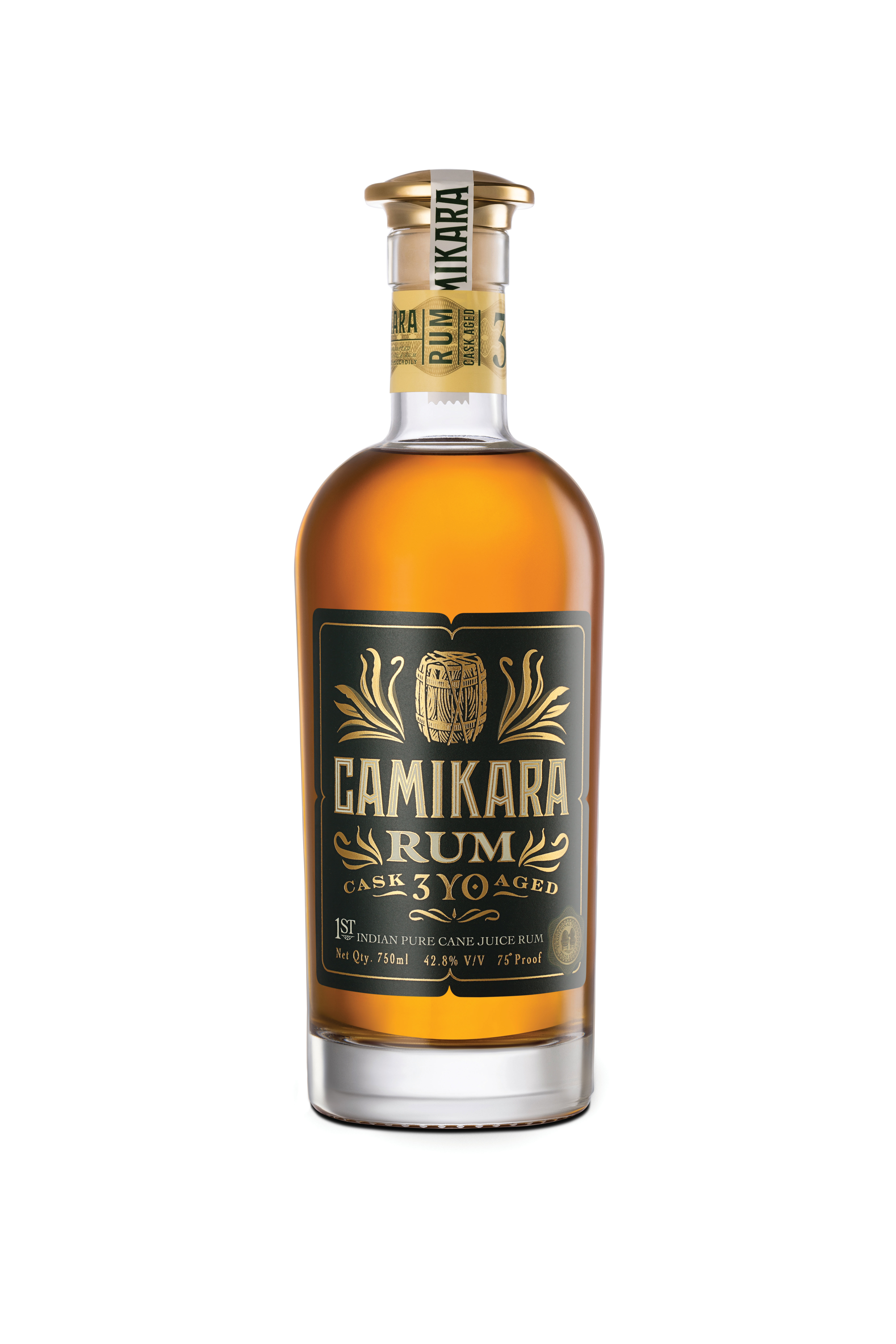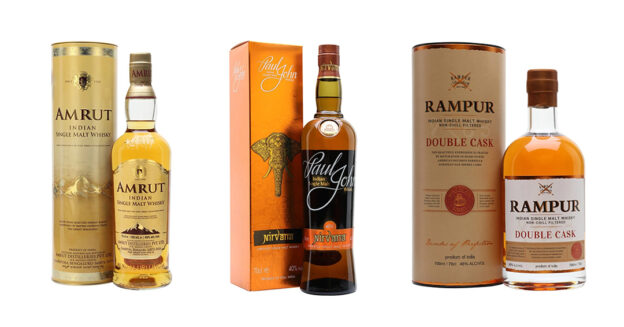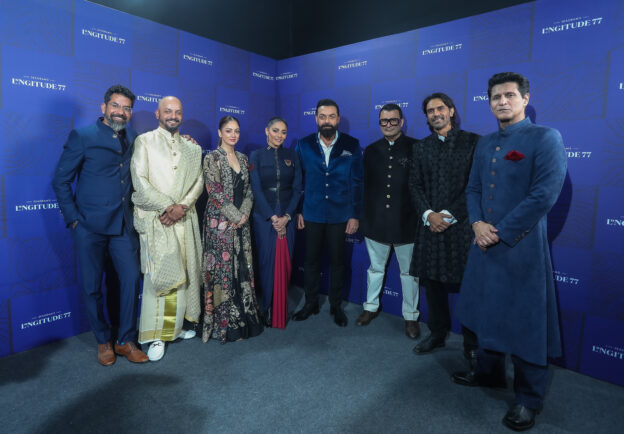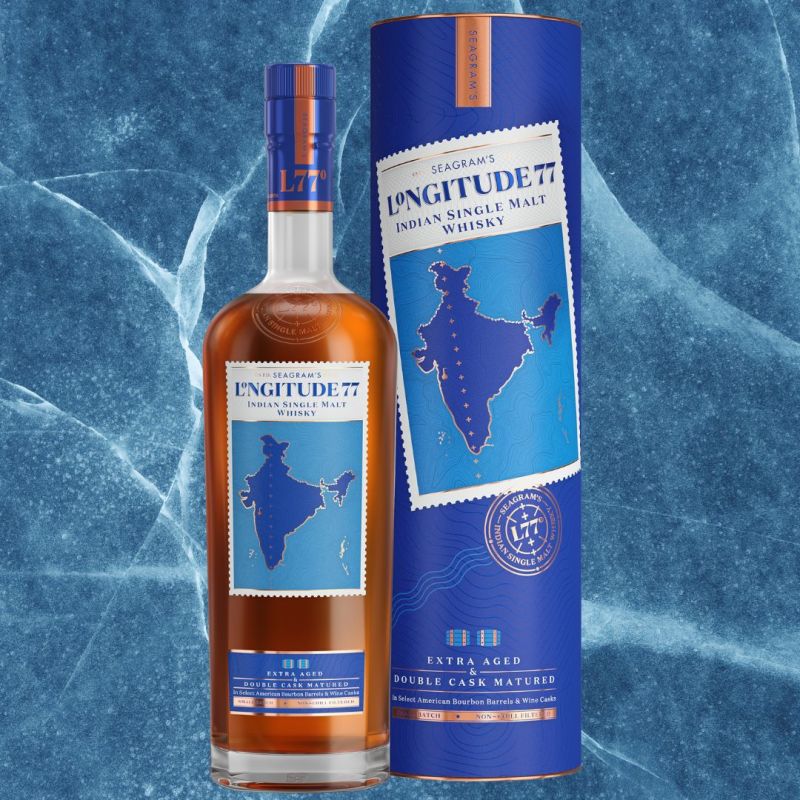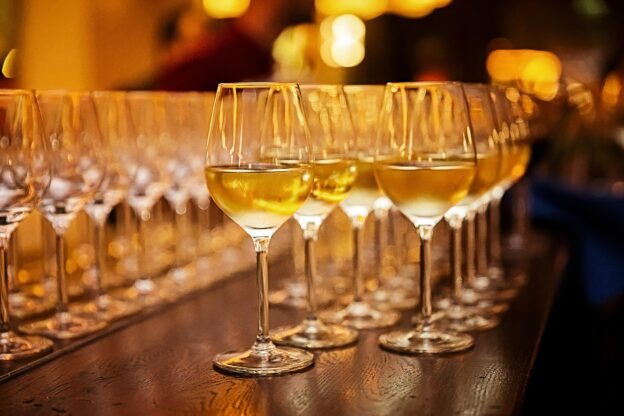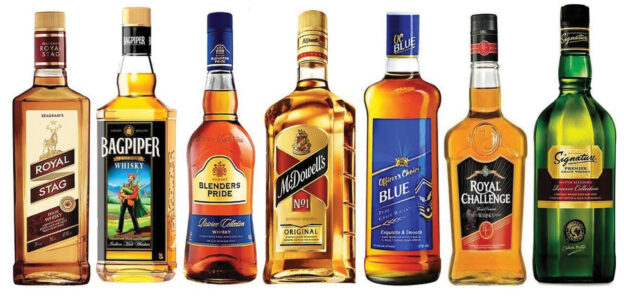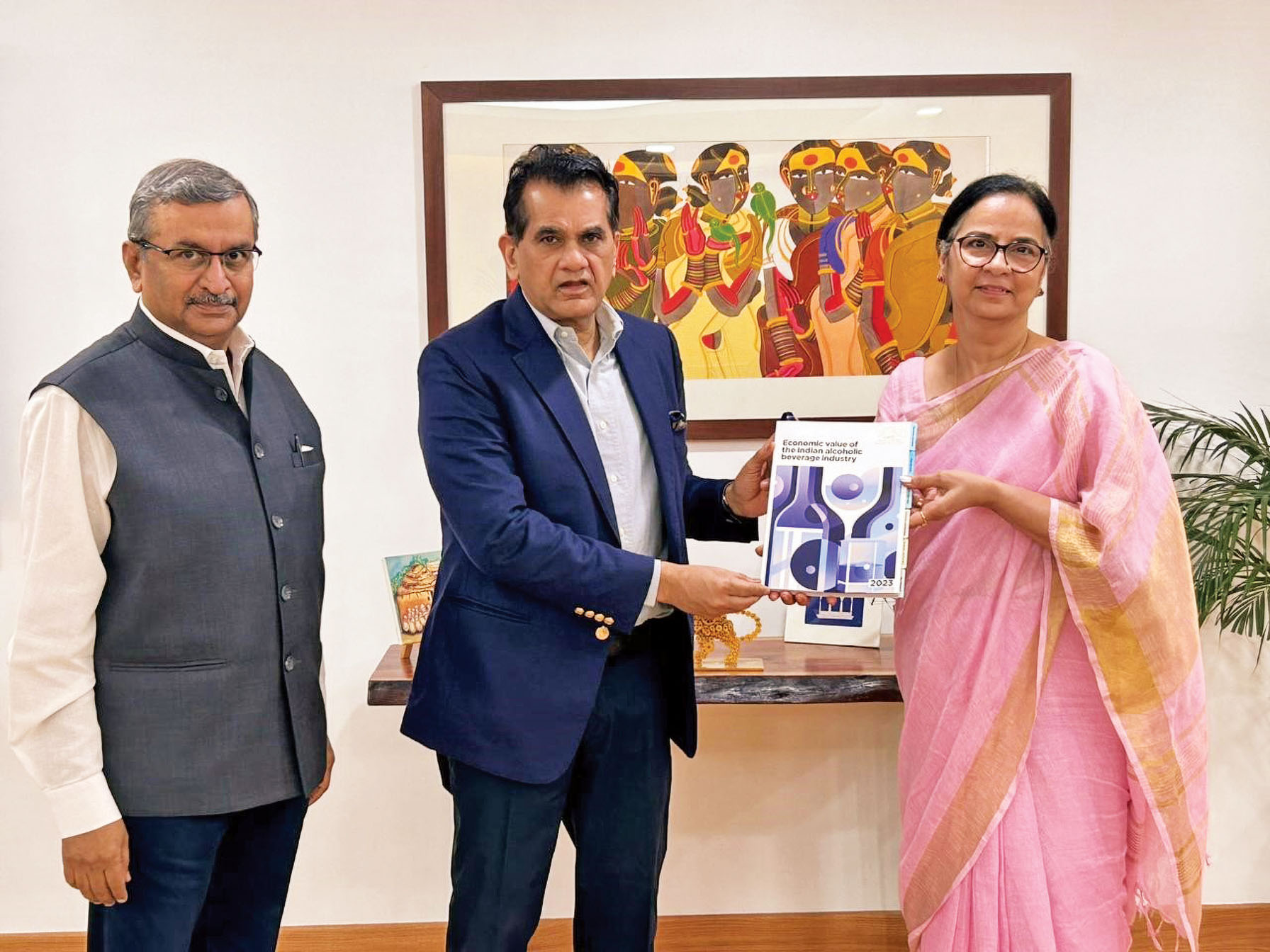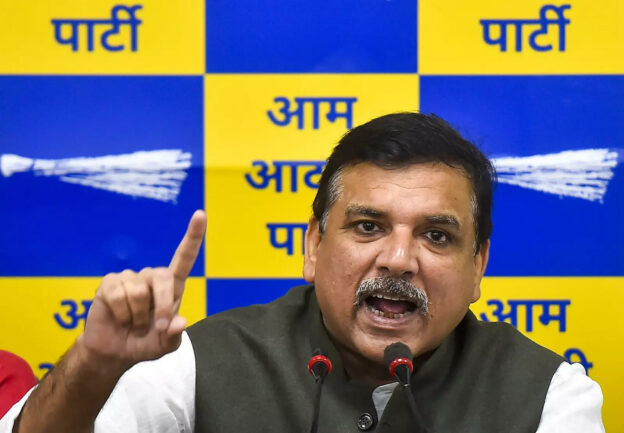To infuse moderation India, EU, UK and the US have used taxation as a tool. But other reasons
also encourage moderation. A report.
The domestic alcohol beverages (alcobev) industry is expected to have revenue growth of 8-10% in 2023-24 but operating margins may contract by 90-140 basis points due to input cost pressure, a report by rating agency ICRA stated.
The alcobev industry witnessed a strong revival in the last fiscal in FY23 led by a healthy demand across both segments – spirits and beer, after two consecutive pandemic-hit years of FY21 and FY22 “During Q1 FY2024, the spirits industry reported a 13% YoY increase in revenues despite being the lean season for the segment, while the beer industry, despite being the peak season, “Moreover, the majority of the ongoing capacity addition is attributed towards beer manufacturing, which is expected to come up in the near to medium term with some players looking to expand to new states and deepen penetration in the existing regions.
“ICRA expects the industry to continue to demonstrate stable and healthy credit metrics supported by strong cash flow generation and limited debt addition,” it said. India is also poised to make strong spirits gains thanks to its booming economy; rising consumer incomes; market recovery and growth post-pandemic; and strong consumer confidence. However taxes play an important role in determining the prices of alcohol.
In spite of GST on alcohol not being levied, the prices of liquor continue to rise after the rollout of Goods and Services Tax. This is because the inputs used to manufacture liquor were taxed at 12-15% under the VAT regime before GST. However, after the introduction of GST, most of the input raw material now attract 18% GST resulting in increased input cost. This rise in taxes on the inputs is passed on to the end customers. The other reason for the sharp increase in the cost of liquor is the applicability of GST on transportation and freight charges. Previously, transportation and freight attracted a service tax of around 15%. However, post-GST, they are taxed at 18%. Hence, even with no major changes in the VAT rates charged on beer or liquor, the cost of beer and liquor increased due to the increase in input taxes.
Industry Analysis
The liquor industry isn’t much supportive of the government’s decision to charge no GST on alcohol. Exempting liquor from GST has led to a rise in the overall cost due to the increased taxes on the inputs. Further, as the output is a tax-exempt product for the manufacturers they need to pay input taxes on inputs and then claim the refund of ITC (input tax credit) accumulated. This is a long process, which leads to the lengthening of the working capital cycle. Most of the liquor manufacturers believe that there’s no point in excluding beer from the purview of GST as the alcohol content by volume is only 5%. Most of the industry insiders wish that beer is brought under the GST regime. This will have a remarkable impact on the flourishing tourism industry.
EU law requires every EU country to levy an excise duty on beer of at least €1.87 per 100 litres (26.4 gal) and degree of alcohol content. That amounts to a minimum tax of €0.03 ($0.03) for a 330ml (11.2 oz) beer bottle with 5% alcohol content.
After a decade of cuts and freezes to the alcohol duty in Britain, in August the level of duty will rise with inflation – an international best practice and World Health Organization recommendation.
With the new alcohol duty system alcohol tax rates will lower the cost of beer for pub-goers and will raise the cost of most other alcoholic beverages in supermarkets and other off-licenses.
In recent decades, alcohol had been getting ever cheaper, fuelling a public health crisis. In the UK, the alcohol duty is a type of tax paid by companies that produce alcohol. It is paid by the company who produces or imports the alcoholic drinks. The tax level relates to the strength and size of the product, rather than its sale price. The level of duty is decided each year in the Government Budget.
On August 1, 2023 the alcohol duty change has come into effect in the UK. It makes duty across different types of alcohol more consistent by taxing based on alcoholic strength by volume (ABV).
In the past the UK tax system has been complicated and inconsistent, with different rules for different alcoholic products. The new system is much closer to international standards in alcohol tax policy and contains elements of World Health Organization (WHO) best practices.
Evidence from across the world shows that alcohol harm falls when the population levels of alcohol consumption fall. When alcohol is less affordable, less is consumed, and so there are fewer deaths, injuries and illnesses caused by alcohol.
Alcohol harm disproportionately affects people on lower incomes and in greater deprivation, even though evidence shows these groups consume less alcohol than higher income groups.
The impact of alcohol on communities and health is also unequal across the UK. People living in the poorest areas of the country are more likely to experience illnesses due to alcohol, and a greater proportion of the population in deprived areas die due to alcohol.
Taxing alcohol by volume (ABV) targets strong alcoholic drinks, which are particularly harmful. Increasing the price of alcohol could be viewed as ‘regressive’ policy (if alcoholic products are more expensive this affects those with less money more). However, on average, people with less money tend to consume less alcohol than those with more disposable income. At the same time, the health costs and mortality from alcohol are higher among lower income communities and people.
A recent study showed thousands of deaths could be averted through lowering alcohol strength in beer, wine and spirits – something the new alcohol duty system is likely to facilitate.
Finland, the United Kingdom, and Ireland levy the highest excise duties on beer. Finland levies a tax of €0.63 ($0.66) per 330ml beer bottle, followed by the United Kingdom at €0.37 ($0.40) and Ireland at €0.37 ($0.39) per beer.
Bulgaria, Germany, Luxembourg, and Spain each levy approximately the EU’s minimum rate of €0.03 ($0.03) per beer bottle.
The EU’s wide range of tax rates spans the range of global tax rates on beer. Finland is a high tax outlier within the EU, but its tax rate is only slightly more than half of Israel’s tax rate on beer. Conversely, Germany has the lowest tax rate on beer of any country in the OECD. Tax rates across the EU are generally higher than rates in the U.S. The minimum EU beer tax of $0.03 per 11.2 oz bottle exceeds the tax rate of the median U.S. state (Virginia at $0.02 per 11.2 oz bottle).
All European countries covered also levy a value-added tax (VAT) on beer, which is charged on the sales value of a beer bottle.
Moderation increasingly driven by economic concerns
Previously driven mostly by health and wellness concerns, moderation in alcohol consumption is now increasingly being spurred by economic worries and a need to cut household spending. Consumers are choosing to cut down rather than down-trade in many markets.
Moderation – both as a lifestyle choice for health and wellness, as well as an economising strategy amidst rising inflation – is taking a number of forms, such as:
• Reducing the number of occasions during which alcohol is consumed, either by substituting with a non-alcoholic beverage, such as a soft drink, or by simply exiting the consumption occasion (such as skipping the mid-week after-work drinks).
• Reducing the number of alcoholic drinks on a given occasion, for example, by drinking less, or in some cases, by combining consumption of a full-strength alcoholic beverage with a no- or low-alcohol beverage during the same occasion.
About half of all adult drinkers of beverage alcohol surveyed as part of IWSR’s price sensitivity study across 17 focus markets in H2 2022, expressed interest in moderating their alcohol consumption. The trend is particularly strong in European markets where economic confidence is low, such as the UK and Germany.
The long-established trend of moderation as a health and wellness choice continues, especially amongst those on higher incomes in countries such as the US, Canada, Australia, and China. Germany remains the largest market for no- and low-alcohol products, however smaller markets, such as the US, Canada and Australia, will show more dynamic growth, with volume CAGRs 2022-2026 outpacing that of Germany.
For some consumer segments, such as millennials in select markets, previous interest in no- and low-alcohol products due to wellness concerns has now been combined with an economic imperative, amplifying the trend.

